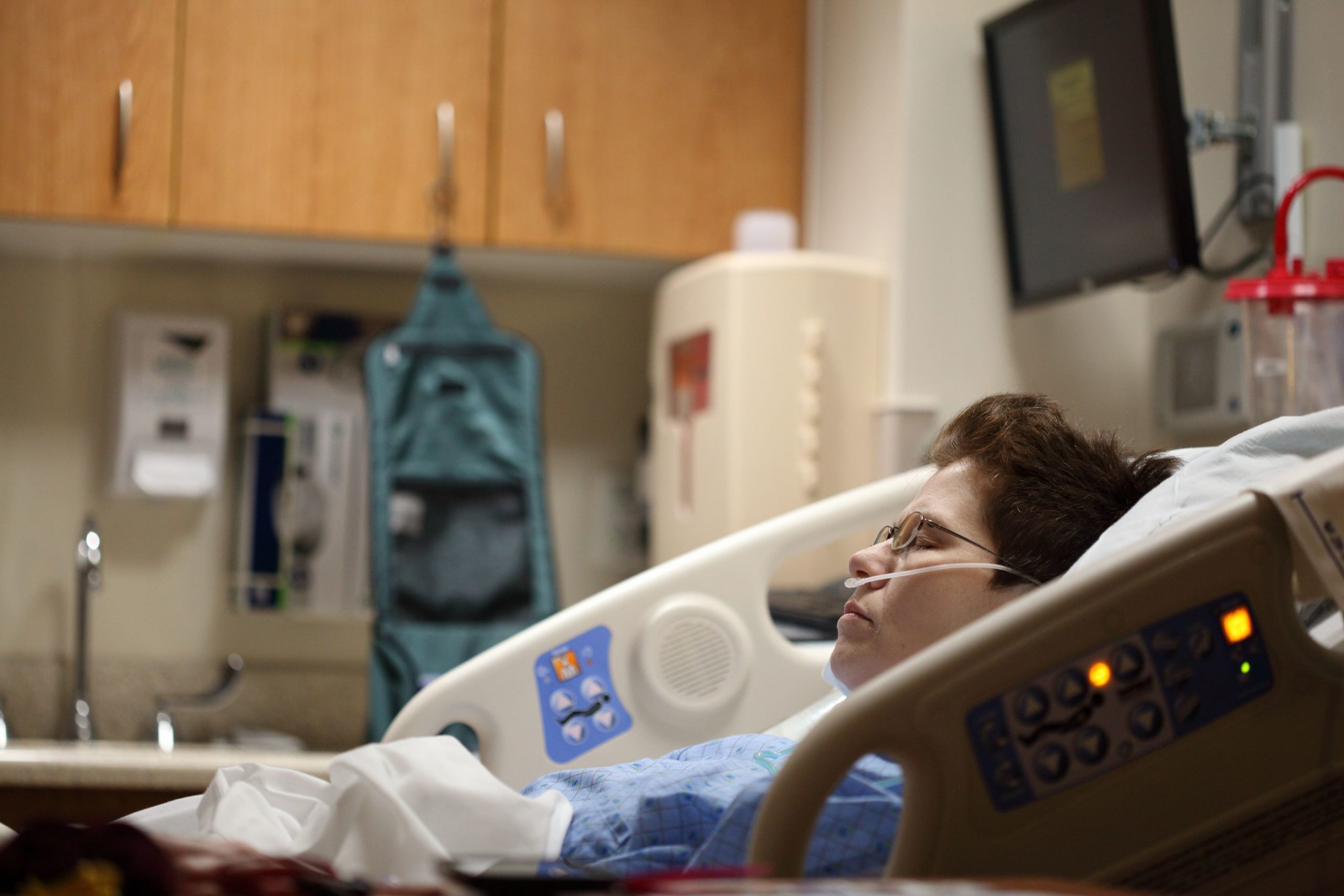Uses of beets (Beta vulgaris) and molasses (Saccharum officinarum)
June 12, 2022

Home parenteral nutrition (HPN) refers to the provision of nutritional support through a central venous access device (CVAD) at home and Parenteral Nutrition management plays important role.
Cancer patients undergoing chemotherapy or radiation therapy are known to experience adverse effects (toxicity) from these treatments. Often, these side effects cause nutritionally significant symptoms (nausea, vomiting, anorexia, premature satiety, diarrhea, constipation, dry mouth, mouth ulcers, smell, taste or swallowing disorders, fatigue and pain) which compromise the patient’s food intake.
In addition, toxicity often exacerbates the decreased oral food intake already present in cancer patients due to the disease. In incurable patients who are aphasic or severely hypophagic, the indication for PNH is controversial. However, the guidelines state that PNH is not contraindicated if cancer treatment has been stopped.
Parenteral nutrition (PN) is beneficial and life-saving in a variety of clinical conditions, but it can also cause a number of potentially serious side effects. The risk of such complications can be minimized by closely monitoring patients and using nutritional support teams.
One of the most dramatic side effects of Parenteral Nutrition management is the so-called refeeding syndrome, which can occur in severely malnourished patients receiving aggressive PN. Additionally, hyperglycemia may occur due to parenteral carbohydrate intake in diabetic patients, in response to post-aggression metabolism or systemic inflammatory response syndrome (SIRS), or due to systemic corticosteroid therapy. In extreme cases, PN can cause hyperosmolar, hyperglycemic, and non-ketotic coma.
Rebound hypoglycaemia can occur, although rarely, when parenteral administration is abruptly stopped. Abnormalities in acid-base balance can occur due to PN and can cause significant changes in electrolytes. Hypertriglyceridemia with dyslipoproteinemia may occur.
A high intake of carbohydrates can lead to excessive production of carbon dioxide. Liver complications of PN include steatosis (fatty liver) and cholestasis. Particular complications such as metabolic bone diseases with bone demineralization and osteoporosis may occur in patients receiving long-term PN.
Control patients received no intravenous nutrition (only spontaneous oral food intake) or received up to 5% glucose solutions intravenously as baseline fluid intake. PN did not significantly alter mortality or morbidity (overall complication rate) compared to the control group.
Persistent hyperglycemia and associated immunosuppression are considered causal factors for a negative patient outcome.
Certain complications (bone demineralization, catheter infections) occur more frequently with long-term PN than with short-term PN due to metabolic alterations and venous access problems associated with long-term PN.
Refeeding syndrome is particularly common in patients with severe malnutrition and usually occurs within the first few days after the start of refeeding. The exact incidence is unknown, resulting in considerable heterogeneity among studies. Although some of the symptoms are typical of oral/enteral food intake (diarrhoea, nausea, vomiting), most symptoms are seen with enteral and parenteral refeeding.